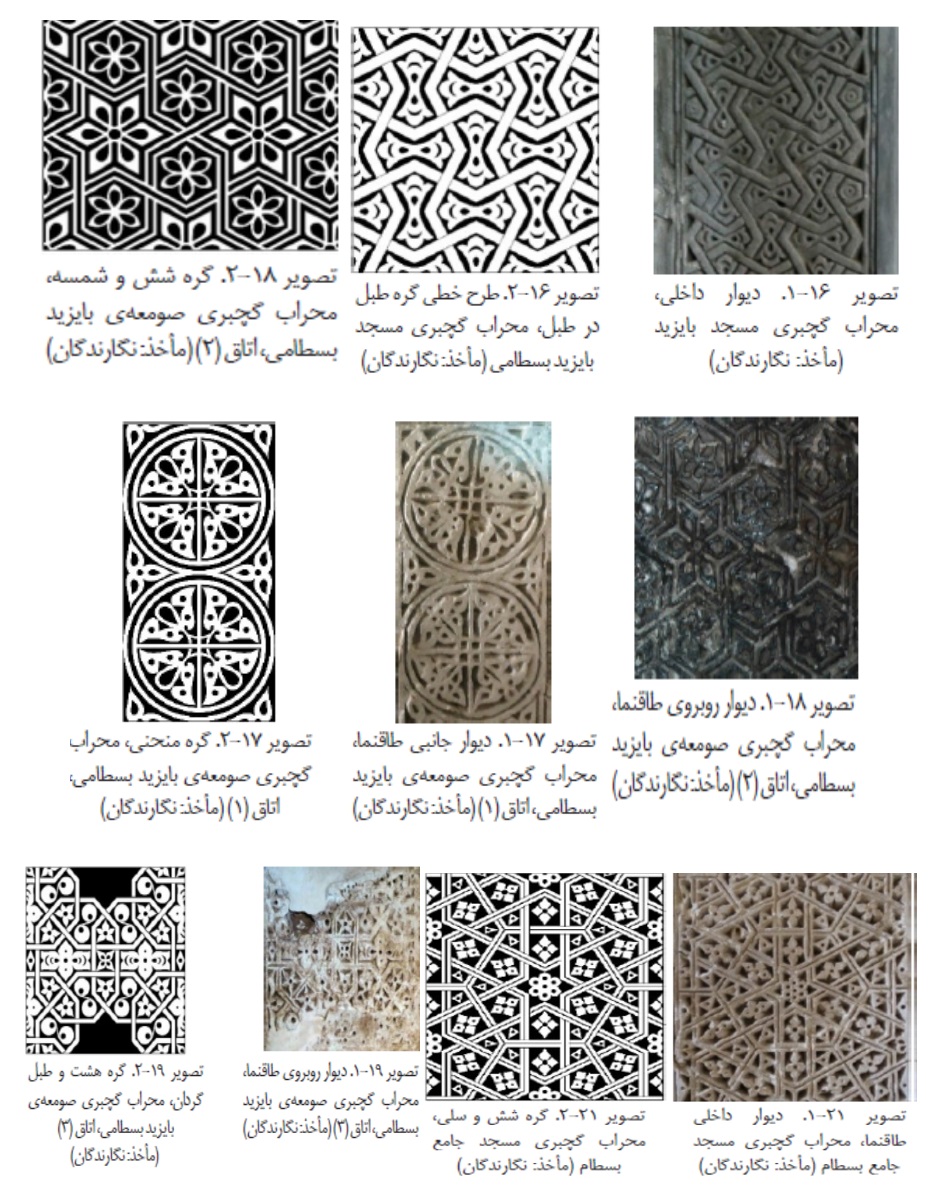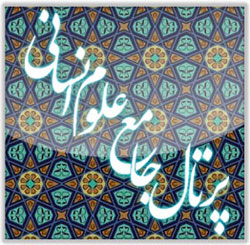The Reflection of Iranian-Islamic Culture in the Architectural Decorations of the Bastam Complex with Emphasis on the Comparison of the Ilkhanid and Timurid Periods
Keywords:
Bastam, architectural decorations, cultural components, Timurid era, Ilkhanid architectureAbstract
One of the most prominent flourishing arts in Islamic civilization is Iranian architecture, which achieved a high aesthetic and innovative status through its adaptation to Islamic cultural concepts and depiction of celestial elements. In this architecture, features such as precise design, captivating decorations, harmony in proportion and symmetry, symbolism, need-based design, and pursuit of perfection formed the basis of structure, form, and ornamentation, reflecting the culture and civilization of Islam in Iran. This study, employing a descriptive-analytical method based on library and field research, aims to answer the question, "How are the manifestations of Islamic culture reflected through a comparative analysis of Ilkhanid and Timurid architecture in the Bastam monumental complex?" The findings indicate that while Ilkhanid architecture was primarily based on simple and functional principles, Timurid period decorations, with their use of composite arts and intricate details, lent a more luxurious and magnificent appearance to the buildings. Although the tilework, stucco, and inscriptions of Ilkhanid architecture were influenced by the symbolism of the Azari style and aligned with the mystical language of Islam, the coloring and dazzling muqarnas work and elaborate tilework of the Timurid era in the Bastam complex were rooted in identity formation and attention to the spirit of the time, as well as religious and national identity elements. This underscores and confirms the construction process of the complex's buildings during the Ilkhanid period and their completion and decoration in the Timurid era.
Downloads








